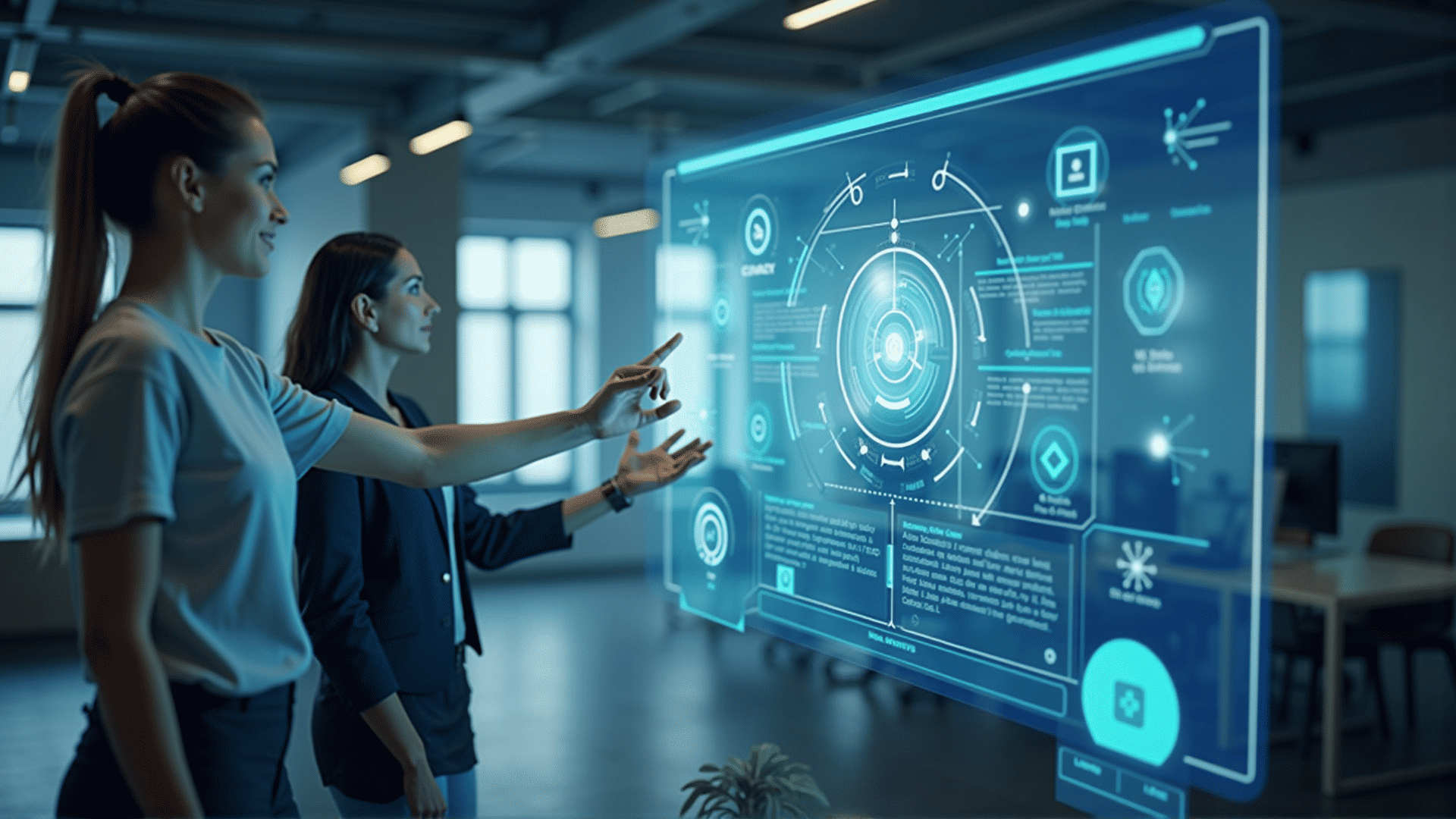Artificial Intelligence (AI) is rapidly transforming the landscape of web design, ushering in a new era where user experience is profoundly enhanced, and repetitive tasks are significantly automated. This technological evolution is empowering designers to create more intuitive, personalized, and visually appealing websites while improving efficiency and reducing human error.
One of the most compelling benefits of incorporating AI in web design is its ability to enhance user experience. AI-driven tools can analyze vast amounts of data to understand user behavior, preferences, and interactions. This insight enables designers to tailor websites that are not only visually compelling but also functionally aligned with user expectations. For instance, AI can dynamically adjust elements such as content layout, color schemes, and navigation menus based on real-time user interactions, creating a more personalized and seamless browsing experience.
Chatbots and virtual assistants are prime examples of AI enhancing user experience. These tools offer real-time customer support, helping users navigate websites efficiently, find relevant information quickly, and solve queries without delay. By leveraging natural language processing (NLP), these AI systems can understand and respond to user inquiries with an impressive degree of accuracy, making interactions feel more human and personalized.
AI also plays a pivotal role in automating repetitive tasks that often consume valuable time and resources in web design. Tasks such as image optimization, SEO, and coding can now be automated using sophisticated AI algorithms. For instance, AI-powered tools can automatically compress images without losing quality, ensuring faster loading times which is crucial for retaining user attention. Similarly, AI can help optimize website content for search engines, enhancing visibility and driving more organic traffic.
In the realm of coding, AI-generated code can assist designers by suggesting code snippets or even writing entire sections of code based on specified parameters. This reduces the time and effort spent on manual coding, allowing designers to focus on more creative aspects of web development.
Several key AI tools are currently making waves in the web design industry. Adobe Sensei, for example, is an AI and machine learning framework that enhances creative processes by offering features like intelligent editing and content-aware fill. Similarly, The Grid is an AI-driven platform that automates the web design process by creating aesthetically pleasing and functional designs based on user input.
Machine learning algorithms are also being used to predict design trends and user preferences, helping businesses stay ahead of the curve. By analyzing data from multiple sources, AI can identify emerging trends and provide insights that guide the creative process, ensuring that designs remain relevant and engaging.
Despite the numerous advantages AI offers to web design, it is essential to acknowledge potential challenges, such as the risk of over-reliance on automation and the need to maintain a human touch in creative processes. As AI continues to evolve, striking a balance between automation and human creativity will be crucial in harnessing its full potential in web design.
In conclusion, AI is undeniably revolutionizing web design by enhancing user experience, automating repetitive tasks, and providing valuable insights into user behavior and design trends. As technology continues to advance, the integration of AI in web design will likely become even more pervasive, pushing the boundaries of what is possible and reshaping the digital landscape in profound ways. Embracing these innovations will be imperative for businesses and designers aiming to stay competitive in an ever-evolving digital world.
